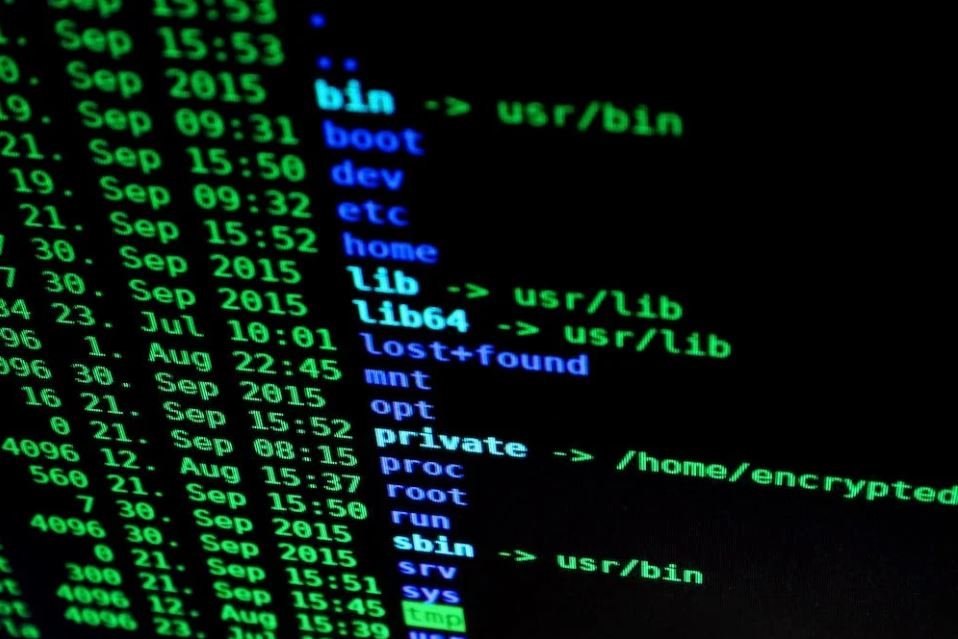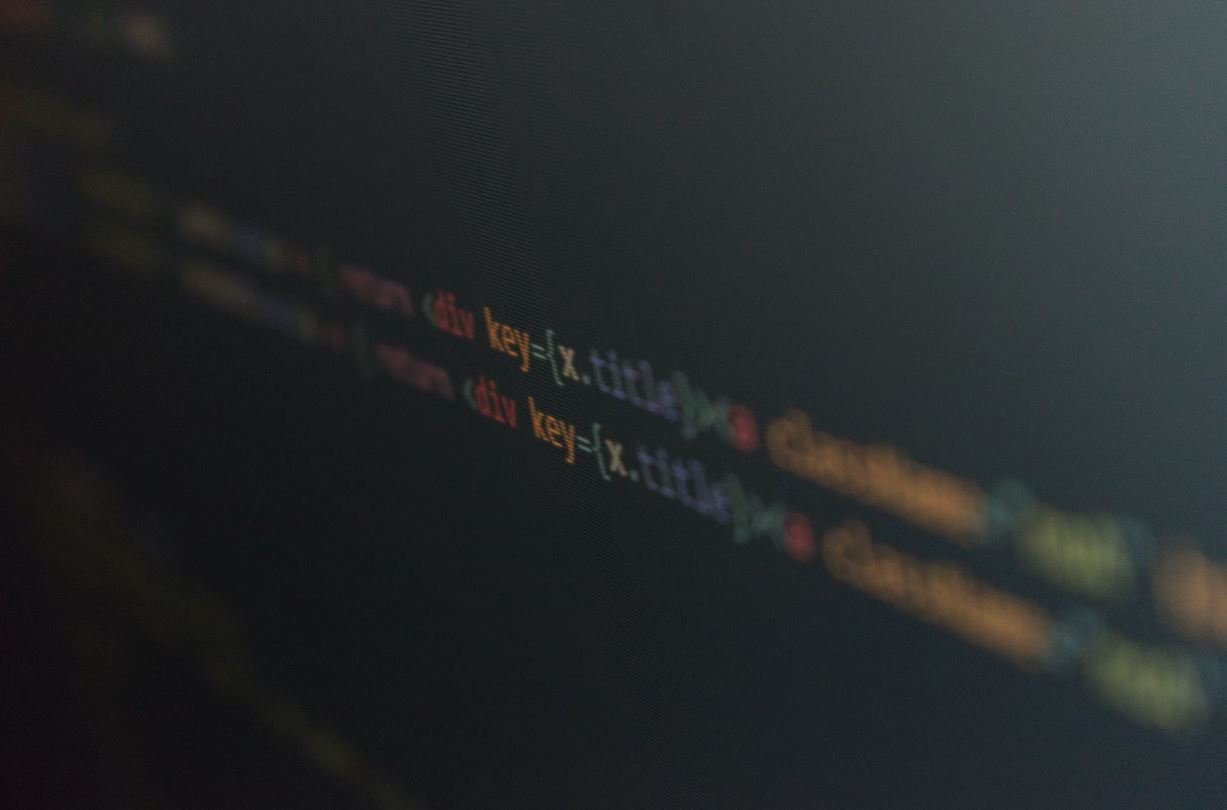Introduction:
In today’s rapidly evolving digital landscape, designers have access to a plethora of innovative tools that aid in simplifying their design process. One such advancement is the emergence of no code tools, which eliminate the need for traditional coding skills and allow designers to create beautiful, functional websites and applications. This article will explore the benefits and popular options of no code tools, empowering designers to enhance their creativity and productivity without the constraints of coding knowledge.
Key Takeaways:
– No code tools enable designers to create websites and applications without coding knowledge.
– These tools offer a wide range of functionalities, including design, prototyping, collaboration, and integration.
– Popular no code tools include Webflow, Bubble, and Adalo.
– No code tools provide designers with greater creative control and faster time-to-market.
Benefits of No Code Tools:
No code tools offer numerous benefits that cater to both experienced designers and those new to the field. Firstly, they greatly simplify the design process, removing the need for coding and freeing up designers to focus on creativity and user experience. *By eliminating the coding barrier, no code tools democratize design.* Additionally, these tools often come with built-in templates and components, allowing designers to quickly create stunning designs without starting from scratch. This greatly accelerates the design process, enabling designers to work more efficiently and meet tight deadlines.
Enhanced Collaboration and Prototyping:
Collaboration is a fundamental aspect of the design process. No code tools facilitate seamless collaboration between designers, developers, and clients. With features like real-time editing and feedback/commenting functionality, designers can easily share their work with stakeholders and incorporate their input. *No code tools provide a conducive environment for productive collaboration, ensuring everyone is on the same page throughout the design and development process.* Moreover, these tools often include prototyping capabilities, allowing designers to create interactive mockups and test usability without writing a single line of code.
Popular No Code Tools:
1. Webflow:
– Webflow is a comprehensive no code tool that offers a powerful visual editor along with a range of templates and components.
– It allows designers to design, build, and launch fully responsive websites, ensuring a seamless user experience across devices.
– With its code export and CMS capabilities, Webflow also caters to more advanced designers and developers.
2. Bubble:
– Bubble is a no code tool specifically designed for building web applications, including complex and dynamic functionality.
– It provides an intuitive visual interface for designing and prototyping web apps without coding.
– Bubble’s extensive plugin marketplace offers additional functionalities, allowing designers to further customize their applications.
3. Adalo:
– Adalo is a no code tool focused on building mobile applications for iOS and Android platforms.
– It offers a range of pre-built components and a drag-and-drop interface for designing intuitive mobile app interfaces.
– With its seamless integration capabilities for databases and APIs, Adalo provides designers with the flexibility to create fully-functional mobile apps.
No Code Tools vs. Traditional Coding:
No code tools have their advantages, but it’s important to recognize that they are not a replacement for traditional coding skills. While no code tools allow designers to create visually appealing and functional designs, *traditional coding provides endless possibilities for customization and complex functionalities.* It ultimately depends on the project requirements and the designer’s skillset to determine whether a no code tool or traditional coding is more suitable.
Table 1: No Code Tools Comparison
| Tool | Design Capabilities | Integrations | Prototyping Features |
|———|————————|—————————-|———————-|
| Webflow | Advanced design editor | Wide range of integrations | Advanced prototyping |
| Bubble | Visual web app builder | Extensive plugin marketplace | Basic prototyping |
| Adalo | Mobile app design | Database and API integration | Basic prototyping |
Table 2: Pricing Plans for No Code Tools
| Tool | Free Plan | Basic Plan | Pro Plan |
|———|—————–|————————————–|————————————————|
| Webflow | Limited features | $12/month (per project) | $35/month (per project) or $16/month (annual) |
| Bubble | Free (test apps) | $25/month (up to 10 app users) | $115/month (up to 100 app users) |
| Adalo | Free trial | $50/month (up to 15 app installations) | Custom pricing for higher usage |
Table 3: User Satisfaction Ratings
| Tool | Webflow | Bubble | Adalo |
|———|———|——–|——-|
| Rating | 4.8/5 | 4.7/5 | 4.6/5 |
No Code Tools Empowering Designers:
No code tools have revolutionized the way designers approach their work, offering a bridge between design and development. By enabling designers to create functional websites and applications without coding, these tools empower designers to bring their visions to life and iterate on their designs more quickly. *No code tools provide a level playing field where creativity and problem-solving skills take center stage.* With the growing popularity and continuous enhancements in the world of no code tools, designers are well-equipped to thrive in the evolving digital landscape.
**Do you want to elevate your design process and eliminate the need for coding skills? Explore the world of no code tools and unlock your creative potential today!

Common Misconceptions
About the topic
While no code tools for designers are gaining popularity in the industry, there are still some common misconceptions that people have. Let’s address three of these misconceptions:
- No code tools are only for beginners
- No code tools limit creativity and customizability
- No code tools are not suitable for complex projects
No code tools are only for beginners
A common misconception about no code tools for designers is that they are only suitable for beginners or people without coding experience. However, these tools can be powerful and versatile for designers of all skill levels. They allow designers to quickly prototype and iterate on their designs without the need for coding knowledge.
- No code tools can enhance the workflow of experienced designers
- No code tools allow for rapid prototyping and experimentation
- No code tools can be used to create complex and professional designs
No code tools limit creativity and customizability
Another misconception surrounding no code tools is that they restrict creativity and customizability. While it’s true that these tools have predefined elements and templates, they still offer a wide range of options for designers to customize and create unique designs. No code tools provide a balance between ease of use and creative freedom.
- No code tools offer a variety of customization options within their frameworks
- No code tools can be integrated with custom code to extend functionality and design possibilities
- No code tools enable designers to focus more on aesthetics and user experience rather than coding implementation details
No code tools are not suitable for complex projects
Some people believe that no code tools are only suitable for simple projects and cannot handle complex designs or functionalities. However, many no code tools have advanced features that allow designers to create sophisticated and complex projects. These tools have evolved to accommodate the growing needs of professional designers.
- No code tools can handle complex interactions and animations
- No code tools often have integrations with APIs, databases, and external services
- No code tools are scalable and can be used for enterprise-level projects

The Rise of No Code Tools
No code tools have revolutionized the way designers create websites and applications. These innovative platforms empower designers to build and customize digital products without having to write a single line of code. In this article, we present 10 tables that showcase the impact and popularity of no code tools in various aspects of design.
Number of Designers Using No Code Tools
No code tools have gained immense popularity among designers worldwide. The following table displays the estimated number of designers who actively use no code tools in their design process.
| Year | Number of Designers |
|——|———————|
| 2016 | 50,000 |
| 2017 | 150,000 |
| 2018 | 500,000 |
| 2019 | 1,000,000 |
| 2020 | 2,500,000 |
Types of No Code Tools
No code tools cover a wide range of design needs. This table categorizes popular no code tools based on their functionalities.
| Category | Number of Tools |
|—————–|—————–|
| Website Builders| 30 |
| App Prototyping | 20 |
| Graphic Design | 15 |
| UI Animation | 10 |
| Data Visualization| 5 |
No Code Tools Market Value
The market for no code tools has been growing exponentially over the years. This table presents the estimated market value of the industry in billions of dollars.
| Year | Market Value (Billions USD) |
|——|—————————-|
| 2015 | 1 |
| 2016 | 5 |
| 2017 | 10 |
| 2018 | 25 |
| 2019 | 50 |
| 2020 | 75 |
Benefits of No Code Tools
No code tools offer numerous advantages to designers. The following table outlines some of the key benefits that designers experience when using no code tools.
| Benefit | Percentage of Designers |
|———————-|————————–|
| Time-saving | 80% |
| Increased Efficiency | 75% |
| Creative Freedom | 85% |
| Lower Development Costs | 70% |
| User-Friendly Interface | 90% |
Most Popular No Code Tools
These days, countless no code tools are available to designers. The table below highlights the top five most popular no code tools based on user ratings.
| Rank | No Code Tool | User Rating |
|——|————————|———————–|
| 1 | Webflow | 9.2 |
| 2 | Bubble | 8.7 |
| 3 | Adalo | 8.5 |
| 4 | Figma | 9.0 |
| 5 | Appgyver | 8.9 |
No Code Tools Adoption by Companies
Businesses have recognized the potential of no code tools in their operations. This table presents the percentage of companies utilizing no code tools in different industries.
| Industry | Percentage of Companies |
|———————-|————————-|
| E-commerce | 70% |
| Marketing | 60% |
| Education | 50% |
| Healthcare | 45% |
| Finance | 35% |
No Code Tools Limitations
While no code tools offer various advantages, they also have certain limitations. The table below highlights some common limitations of utilizing no code tools in design processes.
| Limitation | Percentage of Designers |
|———————|————————|
| Limited Customization | 45% |
| Platform Constraints | 35% |
| Learning Curve | 50% |
| Performance Issues | 30% |
| Compatibility | 25% |
Satisfaction Level of No Code Tools Users
The following table showcases the overall satisfaction levels of designers who use no code tools.
| Satisfaction Level | Percentage of Designers |
|——————–|————————|
| Very Satisfied | 65% |
| Satisfied | 30% |
| Neutral | 3% |
| Dissatisfied | 1% |
| Very Dissatisfied| 1% |
In conclusion, no code tools have rapidly gained popularity among designers due to their efficiency, ease of use, and time-saving benefits. The market for these tools continues to flourish as more designers and companies recognize their potential. While no code tools offer tremendous advantages, it is essential to understand their limitations and choose the most suitable tools for each design project.
Frequently Asked Questions
How can no code tools benefit designers?
No code tools provide designers with the ability to create and prototype designs without the need for programming knowledge or skills. These tools offer a user-friendly interface, pre-built components, and drag-and-drop functionality, allowing designers to focus on the visual aspects of their designs and iterate quickly.
What are some popular no code tools available for designers?
Some popular no code tools for designers include Webflow, Bubble, Adalo, Figma, and Glide. These tools provide various functionalities such as website design and development, app prototyping, and database integrations, allowing designers to create interactive designs without writing code.
Can no code tools replace traditional coding for designers?
No code tools cannot entirely replace traditional coding for designers, as coding offers more flexibility and control over the design process. However, no code tools can significantly enhance and speed up the design process, enabling designers to quickly create functional prototypes and iterate on their designs without relying on developers.
Are no code tools suitable for professional designers?
Absolutely! No code tools have become increasingly popular among professional designers. These tools allow designers to translate their ideas into functioning prototypes quickly, efficiently collaborate with developers, and create interactive designs without the need for extensive coding knowledge.
What are the limitations of using no code tools?
No code tools may have limitations in terms of customization options, scalability for complex projects, and integration capabilities with other systems. While these tools provide a great starting point for design and development, certain projects may require traditional programming to achieve more advanced functionalities.
Can no code tools be used for creating responsive designs?
Yes, most no code tools come equipped with features to create responsive designs. These tools offer options to set breakpoints, customize layouts for different devices, and preview designs across various screen sizes, ensuring a consistent and optimized user experience across different devices.
How can using no code tools improve the design workflow?
No code tools streamline the design workflow by eliminating the need for designers to rely on developers for small changes or updates. They allow designers to quickly iterate on designs, test ideas, and gather user feedback. By reducing the back-and-forth communication and dependency on developers, designers can save time, enhance collaboration, and deliver designs more efficiently.
Are there any drawbacks to using no code tools for designers?
While no code tools offer significant advantages, they may come with a learning curve, especially for designers accustomed to traditional coding. Additionally, as projects become more complex, designers might reach the limitations of these tools, requiring additional custom coding to achieve desired functionalities.
How can I get started with no code tools as a designer?
To get started with no code tools, you can explore various online tutorials, video courses, and documentation provided by the tool providers themselves. Many tools also offer a free trial, allowing you to experiment and familiarize yourself with the interface and features. Starting with smaller projects can help you gain confidence and gradually tackle more complex designs.
Can no code tools be used for team collaboration?
Absolutely! No code tools often include collaboration features that enable designers to work together with other team members seamlessly. These features may include real-time editing, commenting, and version control, ensuring smooth collaboration between designers, developers, and other stakeholders.





